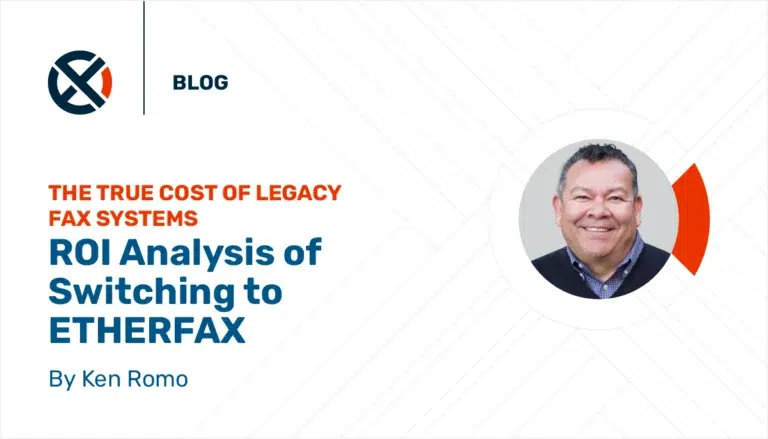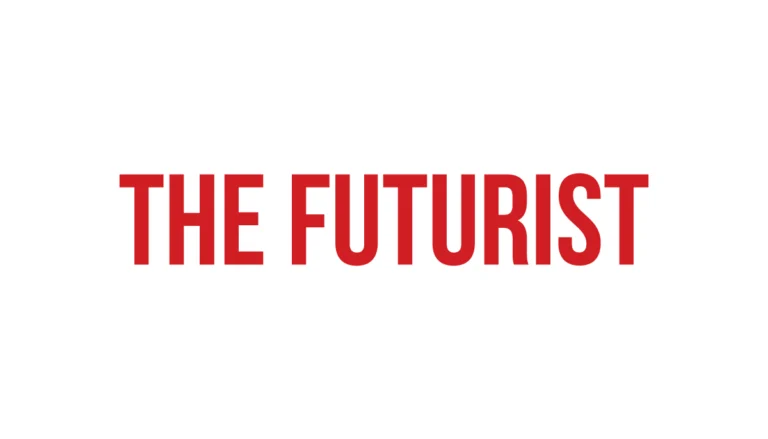While physician burnout has been a problem for years, the COVID-19 pandemic has significantly made matters worse. A recent white paper from HIMSS and Nuance Communications found that 97% of doctors and 99% of nurses had experienced burnout at some point in their working life while 88% of clinicians agreed the pandemic exacerbated their feelings of exhaustion and overload.
Since burnout prevents healthcare workers from performing to the best of their abilities, the quality of care that patients receive often declines. Nurses and doctors suffering from mental and physical exhaustion can experience impaired attention, memory, and executive functions, which can result in medical errors and affect patient safety. Research published in the Journal of Patient Safety estimates that over 400,000 people die every year from hospital errors that could have been prevented. An article published in the American Journal of Infection Control also found a significant association between nurse burnout and the spread of infections within hospitals. According to the study, “hospitals in which burnout was reduced by 30% had a total of 6,239 fewer infections, for an annual cost saving of up to $68 million.”
Although doctors and nurses will continue to be overloaded with growing patient demands and administrative tasks stemming from the pandemic, there are technologies and tools available to help reduce physician burnout, digitize workflows, and accelerate communications. Research from HIMSS found that technology could either alleviate clinicians’ stress or contribute to it, depending on its usability and how effectively it is incorporated into workflows. Clinicians felt that technology such as AI-based documentation solutions could help their work situation by increasing patient safety, easing aspects of their work, shaping clinical workflows, and highlighting aspects of the patient record.
Innovative fax technologies and secure document delivery solutions can streamline patient care coordination by enabling medical records to be shared instantly and automating clinical tasks such as scheduling and referrals. To improve system usability, physician health, and patient care, organizations need a document delivery system that fully integrates with existing fax servers and applications such as electronic medical records (EMRs), electronic health records (EHRs), and healthcare management systems. Hybrid-cloud fax technology solves a huge problem for the healthcare industry – the ability to easily and securely transmit unstructured data with HIPAA compliance, ultra-fast transmission speeds, and guaranteed delivery all while enhancing the current workflow.
To improve operational efficiency and eliminate the time-consuming process of manually entering patient information into applications, fax solutions leveraging artificial intelligence can provide an intuitive and fast system to extract and digitize data from a range of unstructured documents and forms. Specifically, solutions that utilize Microsoft’s Cognitive Services allow organizations to quickly transform content locked in unstructured documents such as PDFs and paper-based forms into structured, searchable data ready to be integrated into workflow processes, applications, or EMRs. Form type AI document recognition can also automatically incorporate data into third-party workflows to reduce error rates associated with manual data entry.
With the right technology and tools in place, doctors and nurses can spend less time on clinical documentation and more time with patients. The accessibility of fax combined with the scalability of the cloud enables organizations to exchange patient health information fast and securely. Hybrid-cloud fax solutions can digitize workflows, streamline business-critical operations, reduce clinical errors, and ensure that electronic health records are all easily shared, accessed, and analyzed. This not only helps patients receive fast and customized healthcare, but also reduces physician burnout and overload.
Paul Banco, CEO and co-founder of ETHERFAX, discussed how to digitize workflows and reduce physician burnout in Healthcare Business Today. Read his full article here.




